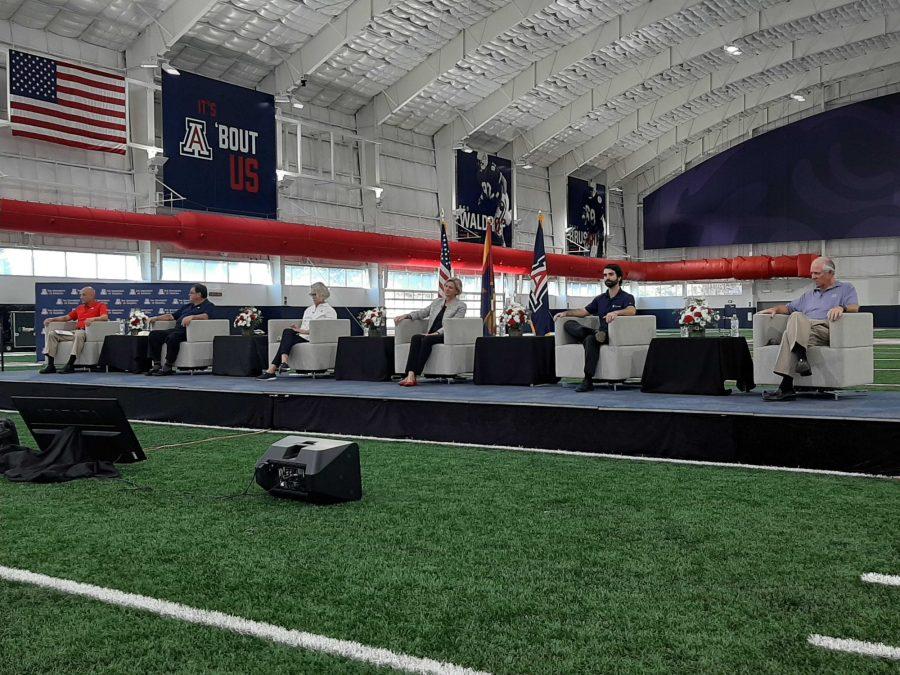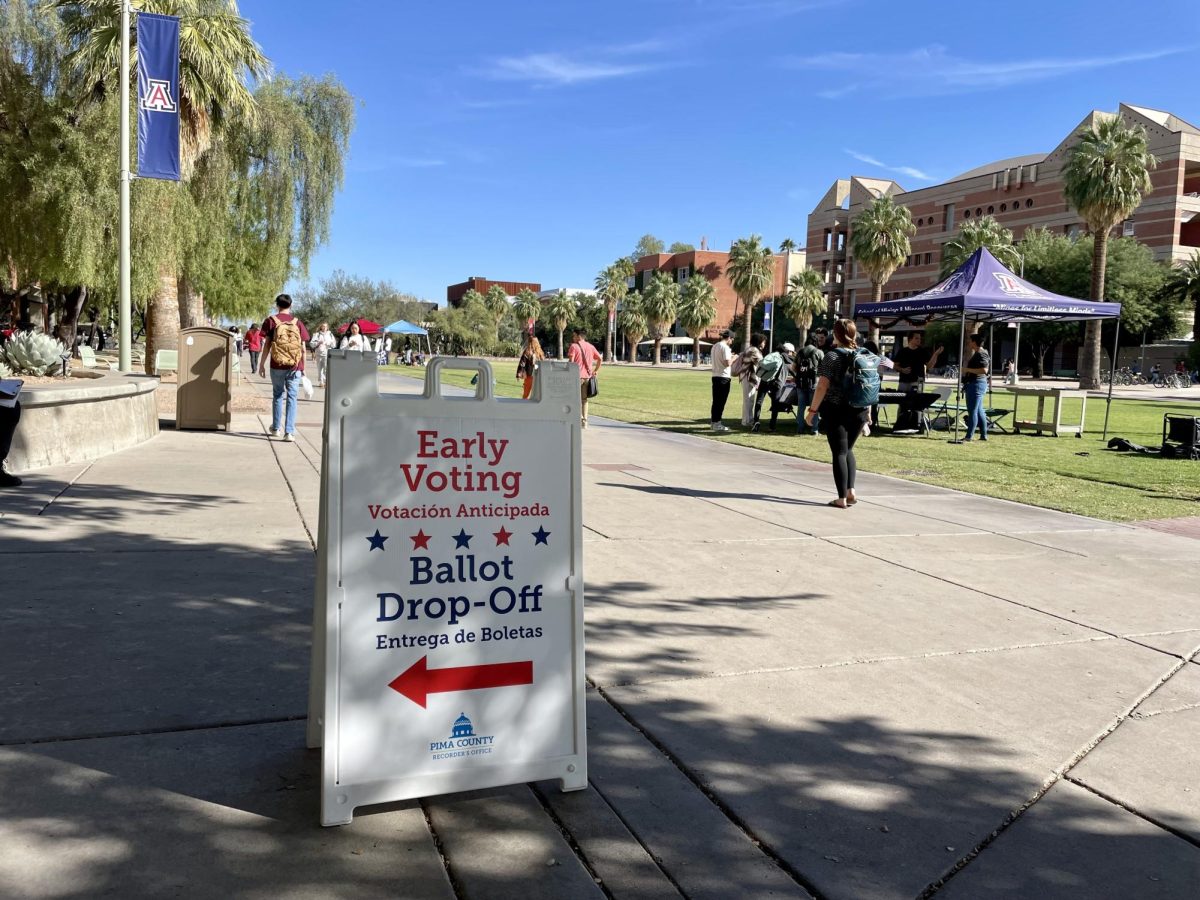The University of Arizona Reentry Task Force addressed the recent dramatic increase in COVID-19 cases in Pima County and discussed the value of in-person learning and research at a press conference Thursday.
President Dr. Robert C. Robbins and task force Director Dr. Richard Carmona were joined by College of Medicine Dean Dr. Michael Abecassis, Senior Vice President for Research and Innovation Betsy Cantwell, Provost Dr. Liesl Folks and Collin James Catalfamo, a graduate assistant doing research on the potential lasting effects the COVID-19 disease can have on a person.
RELATED: Arizona sees increased ICU usage, upward trend of COVID-19 cases
Carmona first spoke on the inner-workings of his incident command system, saying they have daily briefings on the current situation in Tucson and Pima County, including data, operations, logistics, planning, finance and media updates.
“It’s a snapshot in time, but those snapshots will ultimately help to inform what decisions the president will make based on the trending information,” Carmona said.
Carmona also addressed the recent rise in cases of COVID-19 in Pima County, saying the startup of normal activities and the large-scale protests putting many people in close proximity to one another are contributing factors.
“This is not surprising to us,” Carmona said. “Hopefully the more that they practice the good public health habits that the teams have put together, I think we can mitigate that and reduce the risk as much as possible.”
Campus research has already begun to reopen once again. Formerly only critical research was being conducted, which included COVID-19 research, time-sensitive space research and research that would prevent one’s graduation if it were incomplete.
However, the critical research qualification was recently removed so long as a researcher or research group could prove they could meet the proper health and safety guidelines, according to Cantwell. She said about 240 of approximately 800 research labs have reopened.
Beyond research, Folks said there were many degree programs at the university that relied on experiential learning, including clinical rotations and teaching placements.
“Across this enormous array of activities, right now we’re trying to figure out how do we safely allow that training to continue,” Folks said, “because for many of our degree programs, it’s a required part of the degree program and with good reason. It’s a critical part of the student experience.”
Robbins also briefly addressed concerns with the current furlough plan to lessen financial losses. He said the university projects a $260 million dollar loss (with $50 million already lost) but that this “aggressive” plan will mitigate $72 million of the projected loss.
“We’re trying to preserve jobs,” Robbins said. “Our goal with this was to try to keep as many jobs as we possibly can.”
Directly after the press conference, members of the Coalition for Academic Justice at the University of Arizona, a group of current and former UA faculty and staff formed in response to the furlough plan, set up their own press conference and contested this sentiment, citing dozens of recent layoffs and financial factors that they say make furloughs unnecessary.
RELATED: Coalition raises concerns with UA furloughs and layoffs
Pierre Lucas, a UA professor of Materials Science & Engineering and a member of the coalition, called the plan “inequitable, overestimated and unnecessary.”
As of June 12, the UA is only 74 days away from August 24, the first official day of fall semester classes.
To watch the full press release, visit the UA’s YouTube channel. To watch the press release from the Coalition for Academic Justice at UArizona, visit their Facebook page.
Follow Sam Burdette on Twitter









